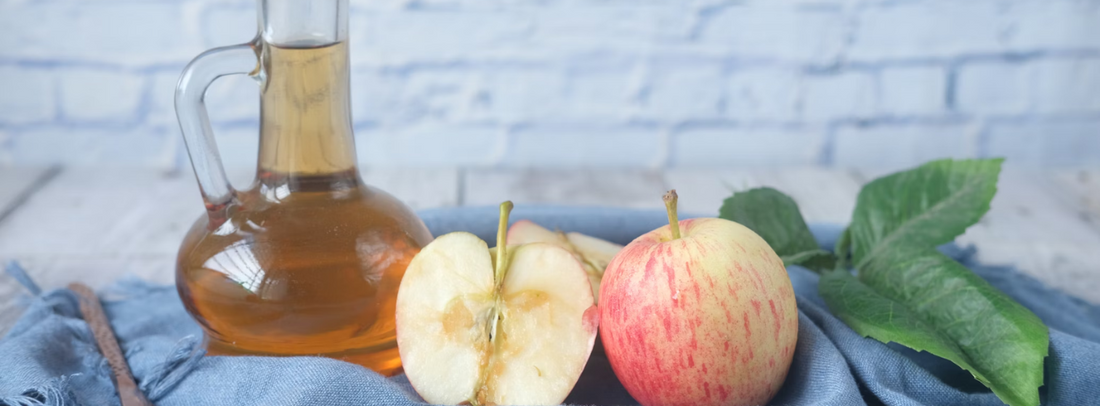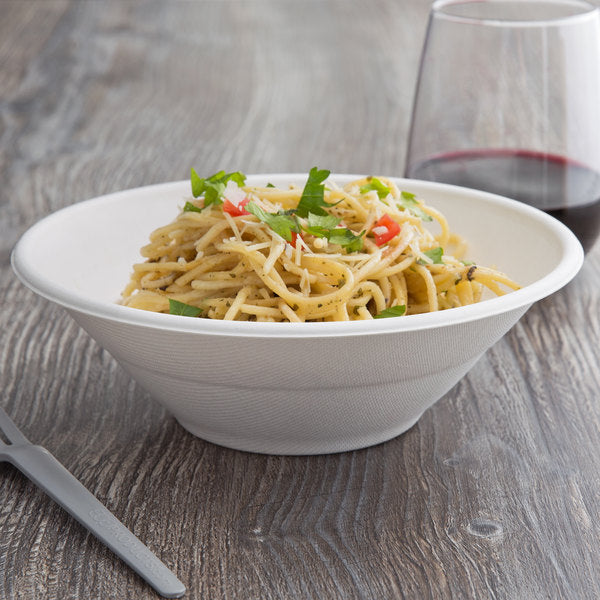Beyond its traditional role as a condiment, vinegar serves as a versatile culinary tool capable of transforming dishes. This exploration delves into the diverse types of vinegar, highlighting their unique flavors and how they can elevate your restaurant's menu.
- Types of Wine: Guide for Restaurant Owner
- Different Types of Pickles
- Beyond the Salad: Culinary Uses of Salad Oil
Types of Vinegar by Fermertation Process
Vinegar can be categorized in many different ways. The most popular method is based on what it's made from, but before we get into that, let's quickly talk about how vinegar is classified based on how it's made.
Acetic Acid Fermentation
Acetic acid fermentation is a traditional method for vinegar production. It involves a two-step process:
- Alcoholic fermentation: Yeast converts sugars in a fermented substance (such as fruit or grains) into alcohol.
- Acetic acid fermentation: Acetic acid bacteria convert the alcohol into acetic acid, the primary component of vinegar.
Examples of vinegars produced through acetic acid fermentation are apple cider vinegar, rice vinegar or wine vinegar,…
Quick Vinegar Process
The quick vinegar process is a more modern method that utilizes specialized tanks and pure cultures of acetic acid bacteria to accelerate the conversion of alcohol into vinegar. This method offers several advantages, such as faster production times and greater control over the final product. However, it may result in a vinegar that lacks the complexity and flavor of traditionally produced vinegars.
Examples of vinegars produced through the quick vinegar process are distilled white vinegar, malt vinegar
In reality, these classifications are not widely used. Instead, vinegar is more commonly categorized by its source material. In the following section, we will explore the various types of vinegar based on their source materials.

Types of Vinegar by Material Source
Vinegar can be classified into various categories based on the source material used in its production. Here are some common types:
Fruit Vinegar
Fruit vinegar, a product of fermented fruit juices, offers a diverse range of flavors and aromas. Its versatility as an ingredient in cooking and preserving has made it a popular choice for culinary enthusiasts.
Apple Cider Vinegar
Renowned for its tangy, slightly sweet taste and potential health benefits, apple cider vinegar is produced from fermented apple juice. The fermentation process can vary, resulting in different flavors and cloudiness. It is widely used in salad dressings, marinades, and pickling.

Grape Vinegar
Derived from fermented grape wine, grape vinegar offers a tart and acidic taste with a hint of grape. Its versatility in French cuisine, particularly in sauces and dressings, is well-established.
Berry Vinegar
Berry vinegars, made from fermented berries like raspberry, strawberry, or blueberry, showcase a delightful blend of sweetness and tartness. Their fruity flavors make them ideal for enhancing the taste of salad dressings, marinades, and sauces.
Other Fruit Vinegars
Beyond the more common varieties, fruit vinegar can be produced from various fruits, including pear, peach, and plum. Each type offers unique flavor profiles, allowing for experimentation and culinary creativity.
Grain Vinegar
Grain vinegar, produced from fermented grains, offers a unique flavor profile and is widely used in Asian cuisine. They are also known as white vinegar. It's typically made from fermented grains such as corn, rice, or wheat. The fermentation process converts the sugars in the grains into alcohol, which is then further fermented by acetic acid bacteria to produce vinegar.
Here are some popular types:
Rice Vinegar
Rice vinegar is a versatile ingredient commonly used in Chinese, Japanese, and Korean cuisine. It is made from fermented rice and comes in various types, including white rice vinegar, black rice vinegar, and seasoned rice vinegar. Rice vinegar is often used in salad dressings, marinades, and as a flavor enhancer in stir-fries and soups.
Malt Vinegar
Malt vinegar, made from fermented malted barley, is particularly popular in British cuisine. It is often used as a condiment for fish and chips, adding a tangy flavor that complements the fried food. Malt vinegar can also be used in salad dressings, marinades, and as a flavoring agent in sauces.
Other Grain Vinegars
Besides rice and malt vinegar, other grain vinegars can be produced from fermented grains like wheat, corn, and sorghum. These vinegars may have different flavor profiles and can be used in various culinary applications.

Other Vinegars
Beyond fruit and grain vinegars, there are several other types of vinegar with distinctive flavors and applications:
- Balsamic Vinegar
Balsamic vinegar is a premium vinegar known for its sweet and tangy flavor. It is produced from grape must, which is concentrated and aged in wooden barrels. The aging process can take years, resulting in a rich, complex flavor. Balsamic vinegar is often used as a finishing touch for salads, desserts, and grilled meats.
- Sherry Vinegar
Sherry vinegar is derived from fermented sherry wine and offers a bold, slightly sweet flavor. It is commonly used in Spanish cuisine, particularly in marinades and sauces. Sherry vinegar can also add a unique depth of flavor to salad dressings and grilled dishes.
- Coconut Vinegar
Coconut vinegar is made from fermented coconut sap and has a slightly sweet and tangy taste with a hint of coconut. It is a popular ingredient in Southeast Asian cuisine, often used in salad dressings, marinades, and as a flavor enhancer.
- Honey Vinegar
Honey vinegar is produced from fermented honey and offers a sweet, slightly acidic flavor. It can be used in salad dressings, marinades, and as a sweetener in beverages. Honey vinegar also has potential health benefits, such as improving digestion and boosting immunity.
Uses of Vinegar for Restaurant Menus
Vinegar, with its tangy flavor and acidity, can add depth and complexity to a variety of dishes. Here are some ways to incorporate different types of vinegar into your restaurant's menu:
Marinades and Dressings
- Salad Dressings: Add a tangy kick to your salads with vinegar-based dressings like vinaigrette or balsamic vinaigrette.
- Meat Marinades: Tenderize and flavor meats with vinegar-based marinades, such as those using red wine vinegar or apple cider vinegar.
- Fish Marinades: Enhance the flavor of seafood with citrus-based vinegars like lemon or lime vinegar.
Pickling
- Pickled Vegetables: Create tangy and crunchy pickles by using vinegar as a preserving agent. Popular pickled vegetables include cucumbers, onions, and carrots.
- Pickled Fruits: Add a sweet and sour twist to fruits like peaches, plums, or mangoes by pickling them in a vinegar-based solution.
Sauces and Condiments
- Aioli: Combine vinegar with garlic, egg yolks, and oil to create a creamy and tangy condiment.
- Salsa: Add a touch of acidity to your salsa by using vinegar as a base.
- Pan Sauce: Deglaze a pan with vinegar to create a flavorful sauce for meats or vegetables.
Flavor Enhancer
- Braising: Use vinegar to add brightness and depth of flavor to braised meats and vegetables.
- Baking: Incorporate vinegar into baking recipes to activate baking soda and create a lighter texture.
- Glazing: Create a sweet and tangy glaze for meats or vegetables by reducing vinegar with sugar or honey.
Unique Applications
- Cocktails: Add a tangy twist to your cocktails by using vinegar as a mixer or garnish.
- Desserts: Incorporate vinegar into desserts like pickles or ice cream for a surprising and delicious flavor combination.
Conclusion
inegar, a culinary cornerstone, offers a spectrum of flavors and applications. By understanding the nuances of different types of vinegar, chefs can elevate their menus with unique and delicious dishes. Whether used for marinades, dressings, or as a flavor enhancer, vinegar's versatility makes it an indispensable ingredient in any kitchen.







